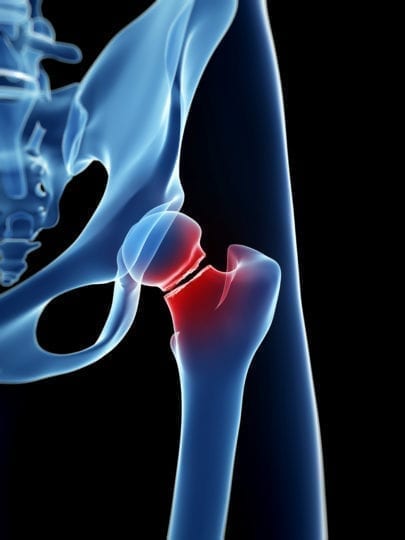This one is personal, last Monday I fractured my hip. Not as you might imagine from being older, out of shape, fragile boned ( though we'll have to wait for a bone density scan to be certain ... possibly to be continued?) or all of the aforementioned, BUT from stopping a dog fight, flying through the air like a cartoon character and landing directly on the pavement on my hip. The owners of the dog I failed to shield my dog from, asked if I was ok, offered to help me up, I demurred, saying I was just a touch shaken and I would get up in a minute - which I did . It was painful, thought I had torn my a muscle, limping I completed walking the dog.
Did all the triage I know. Icing, elevating, stretching before realizing something more serious had happened.
What I did not know and should have known is according to
- Severe pain in your hip or groin area
- Discomfort when trying to move or rotate your hip
- Bruising and/or swelling in your hip area
- Unable to put weight on your hip
- Unable to walk
- The injured leg may look shorter than the other leg. It may turn outward
All the professionals that cared for me were astonished that I could bear weight on my fractured leg and experienced pain almost exclusively in the groin area. Still had I know this list I would have had a sense that that kind of groin pain could signal a fractured femur.
Bottom line I had a femoral neck fracture. This is the best one to have according to my surgeon, as it can be repaired with minimal invasion and recovery is relatively quick and easy. I am so lucky. I did not experience a great deal of pain. I had excellent care in the hospital and at home from my grown children. And was off the crutches and back to work the following Monday.
Now I am curious this plague of older people, what is it exactly?
What is a Hip Fracture?
According to Baylor University's Medical Center Hip Fracture Guide it is "a break in the upper quarter of the femur (thigh) bone. The “hip” is a ball-and-socket joint. It allows the upper leg to bend and rotate at the pelvis. An injury to the socket, or acetabulum, itself is not considered a “hip fracture.”
Seriously, it is what we need to stand upright.
How do they Treat Hip Fracture?
"Most hip fractures would actually heal without surgery, but the problem is that you would be in bed for eight to twelve weeks. Doctors have learned over the years that placing an aging adult in bed for this period of time has a far greater risk of creating serious complications than the surgery required to fix a broken hip. This is the main reason that surgery is recommended to nearly all patients with hip fractures."
I would argue that placing anyone in bed for eight to twelve weeks would cause more problems.
Baylor's Guide also runs down the different type of surgeries available for hip fracture:
1." Metal Screws
Fractures that occur through the neck of the femur, if they are still in the correct position, may require only two or three metal pins to hold the two pieces of the fracture together. This procedure, called hip pinning, allows patients to begin putting weight on that leg right after surgery.
2. Metal plate and Screws
Some hip fractures occur below the femoral neck in the area called the intertrochanteric region. These fractures are called intertronchanteric hip fractures. These hip fractures are usually the result of a fall and often are the hardest type of fracture to treat. They often involve more than one break. As a result, several pieces of broken bone must be held together. A combination of a plate on the outside of the bone and a large screw are used to hold the pieces in place.
3. Intramedullary nail
A combination of a rod on the inside of the bone and a large screw are used to hold the pieces in place. This procedure allows you to begin putting weight on it right after surgery.
4. Artificial replacement of the Femoral Head (Hemiarthroplasty)
When the hip fracture occurs through the neck of the femur and the ball is completely displaced, there
is a very high chance that the blood supply to the femoral head has been damaged. Most surgeons will recommend removing the femoral head immediately and replacing it with an artificial femoral head made of metal. This operation is called a hemiarthroplasty. (Hemi means half, and arthroplasty means artificial joint.) The procedure is called hemiarthroplasty because only half of the joint is replaced. The socket of the hip joint is left intact."
My surgery was #1, I have had stiffness, discomfort and pinching sensations post op, no fun, but manageable. However, I am a big believer in keeping as many unaltered original body parts as possible.
My advice: Work fall prevention into your daily workout. Do weight bearing exercise to keep bones strong. And try not to break up dog fights by breaking yourself!


